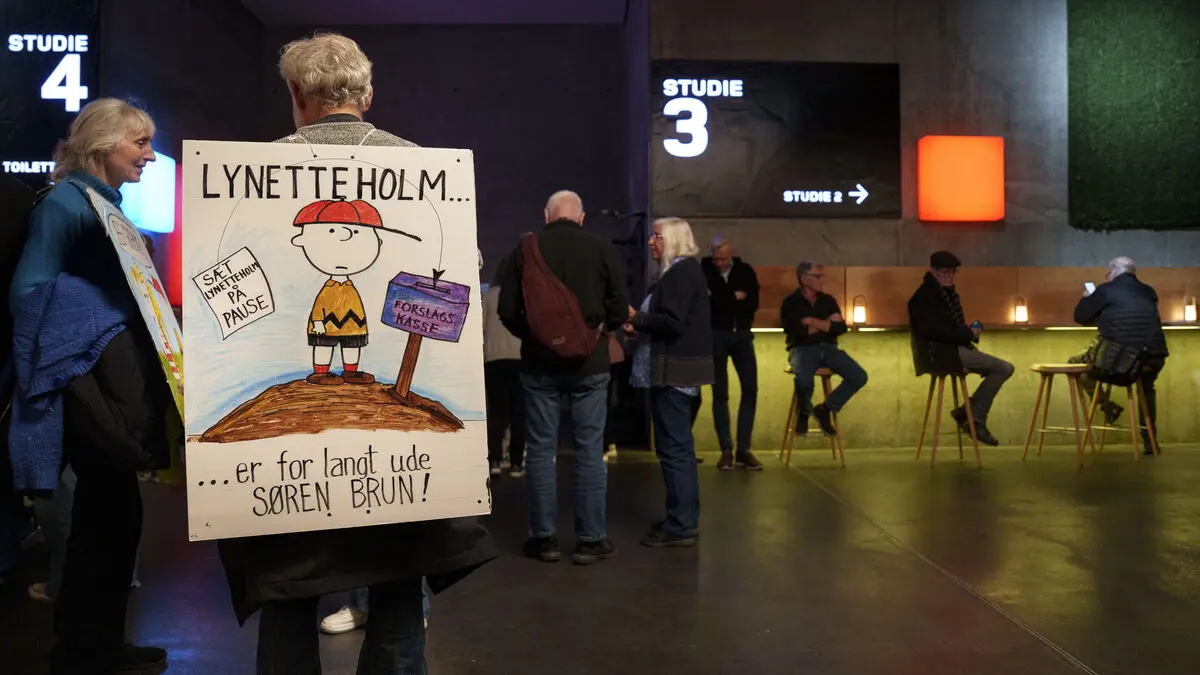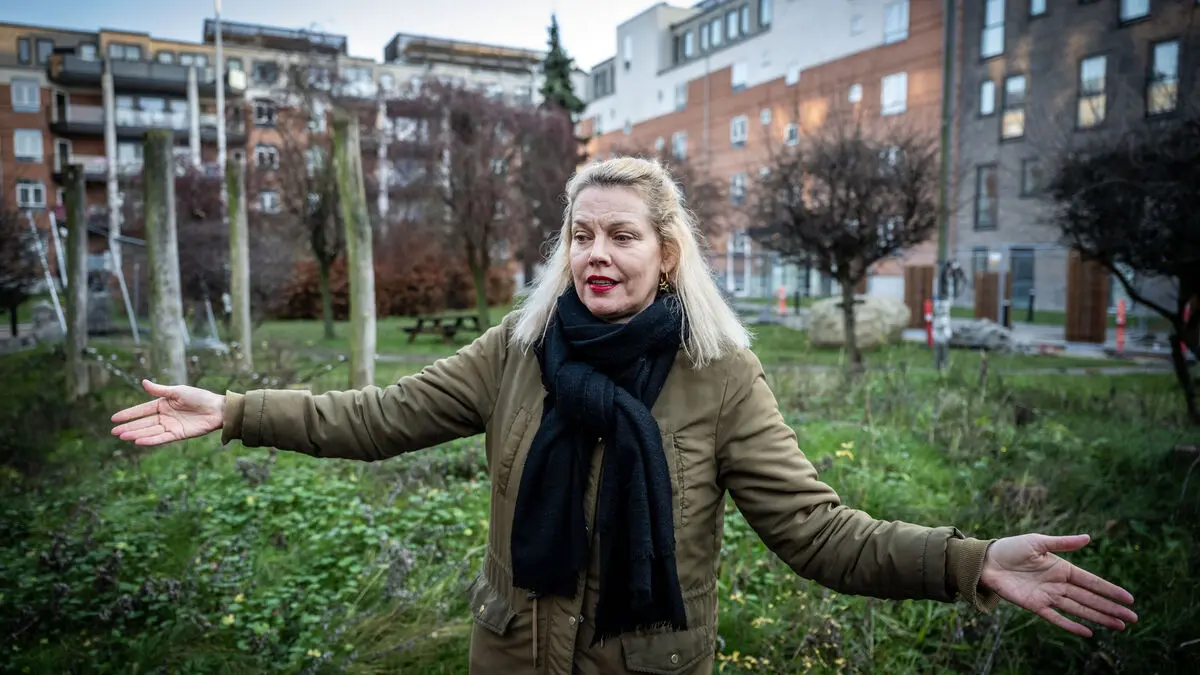Although the municipality of Copenhagen must be informed immediately when the limit values are exceeded, it took nine months before the municipality received the information, reports DR .
The emissions, which occurred last spring, are not considered to be able to affect humans or animals, but small organisms near the emission source.
The limit value is set for a reason – to protect the marine environment – and it is based on science. When it is exceeded, the risk of a negative effect increases, says Henriette Selck, professor at Roskilde University, to DR.
The limit for cyanide is 10 micrograms per liter. Samples from March to July last year showed levels reaching a maximum of 17 micrograms per liter.
The artificial island of Lynetteholm is being built outside Copenhagen by placing soil from land and excavated material from the seabed in a basin created from stone and sand.
According to By og havn, which is behind the project, the cyanide contamination is believed to come from the soil and seabed. However, according to the company, there are no indications that the soil has contained too much cyanide.





